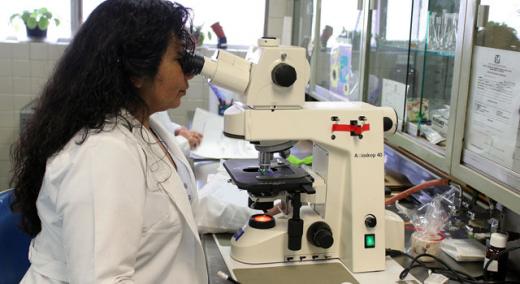Never have we been more acutely aware of the importance of reliability when it comes to laboratory testing. As the ongoing Covid-19 pandemic has highlighted, the development of accurate diagnostic tests plays an important role in outbreak management.
|
ADVERTISEMENT |
Whether a laboratory develops its own test methods or incorporates ones that already exist, there is a lot to be considered, and the task bequeathed to them is great. Apart from the general risks of contamination, inadequate equipment, or failings in processes that must be rigorously managed, the procedures and tools required for each test can potentially differ.
Since the beginning of the pandemic, ISO has been collaborating with experts in many fields to establish where standards can really make a difference. As a result, experts on ISO’s technical committee for laboratory testing and in vitro diagnostic (IVD) test systems are currently working on international best-practice guidelines to assist laboratories.
…

Add new comment